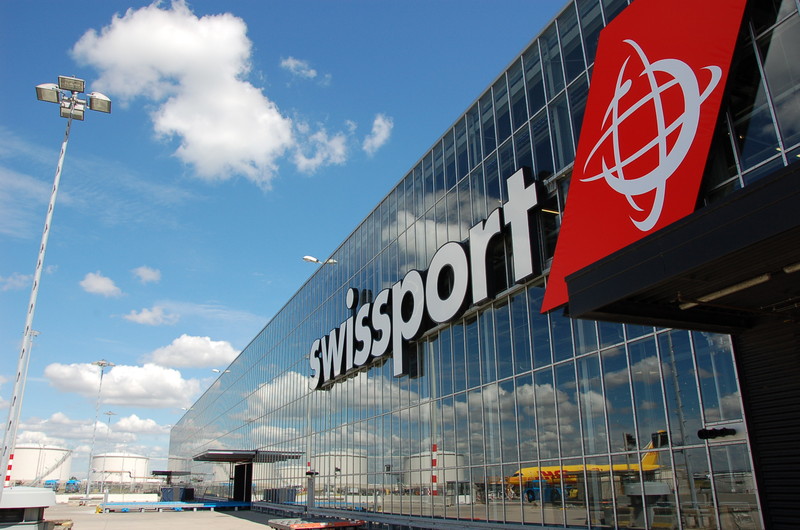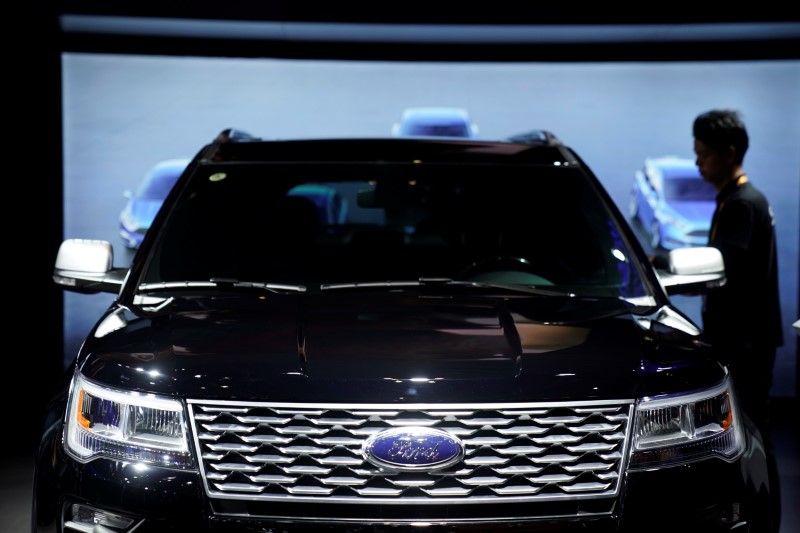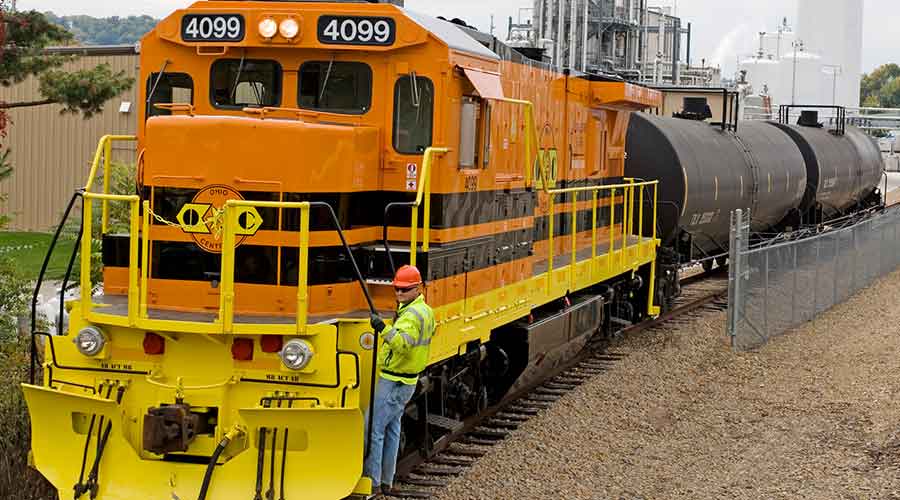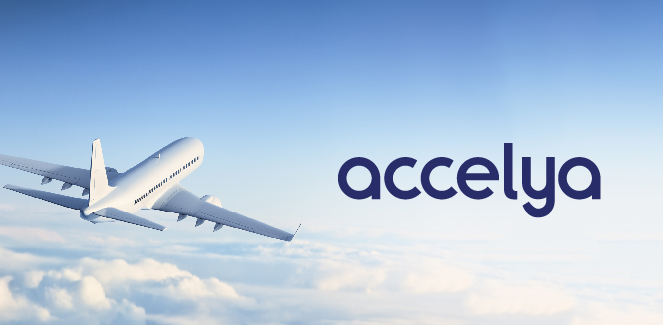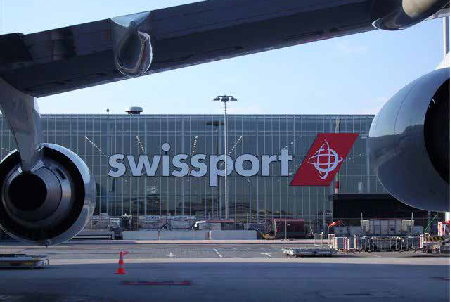
LONDON/FRANKFURT, Feb 5 (Reuters) – China’s HNA Group is resuming efforts to find a buyer for airport luggage handler Swissport despite facing a loss of several hundred million dollars on its initial $2.8 billion investment, four sources familiar with the matter told Reuters.
The Chinese conglomerate has rekindled talks with several heavyweight investment funds as it needs to raise cash to cut its debts, the sources said.
Rothschild is helping HNA identify prospective bidders, who are hoping to buy the Zurich-based business on the cheap after previous attempts to sell it stalled last year, the sources said, speaking on condition of anonymity because the process is not public.
U.S. buyout funds Apollo Global Management Inc and Cerberus as well as Canadian asset manager Brookfield have come forward to revisit a possible acquisition of Swissport, the sources said.
Two other U.S. investors – Bain Capital and Centerbridge Partners – are also looking to take part in a new auction, two of the sources said, adding interest from industry buyers had waned.
HNA is hoping to limit its losses and recoup at least $2.3 billion from the sale, one of the sources said.
But offers are expected to value Swissport at about $2 billion, two of the sources said, with one adding Apollo had previously offered $2.1 billion.
This means HNA may need to swallow a loss of more than $500 million to offload the business, which has annual core earnings of about $270 million, they said.
HNA, Apollo, Cerberus, Brookfield and Bain declined to comment, while Centerbridge was not available.
HNA bought Swissport for 2.7 billion Swiss francs ($2.8 billion) in 2016 in a deal that was meant to complement its sprawling portfolio of investments in aviation, logistics and tourism.
But the Chinese giant had to look into cashing out at the start of 2018 when its liquidity challenges turned it into one of China’s most indebted companies and forced it to quickly sell assets.
The 20-year old company, led by chairman Chen Feng, came under pressure after embarking on an aggressive M&A spree in the United States and Europe with deals worth an overall $50 billion.
It made a push into the travel and tourism industry, buying a 25% stake in Hilton Worldwide Holdings Inc in 2016 and then branched out into financial services, becoming the leading investor in Deutsche Bank.
But its M&A binge resulted in cash flow problems, prompting a review of all its business interests overseas.
HNA initially considered a possible listing of Swissport on the Swiss SIX Exchange in 2018, but then opted for an outright sale.
Apollo and Cerberus, which bought Paris-based Worldwide Flight Services (WFS) in 2018, were both initial contenders for Swissport, but negotiations stalled after the Swiss company secured a refinancing package in August.
($1 = 0.9727 Swiss francs)
(Reporting By Pamela Barbaglia and Clara Denina in London and Arno Schuetze in Frankfurt; Editing by Mark Potter)
